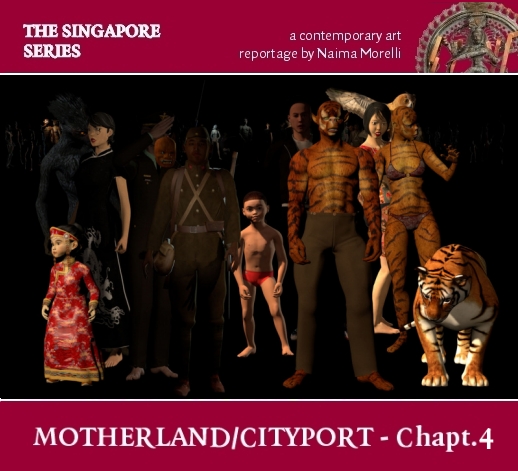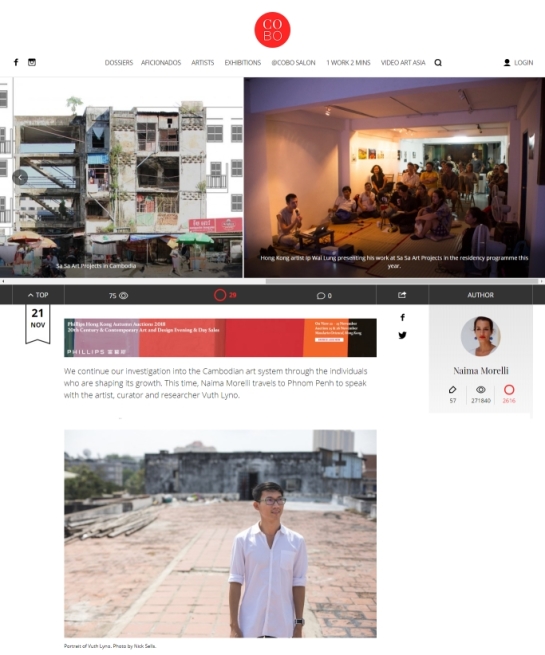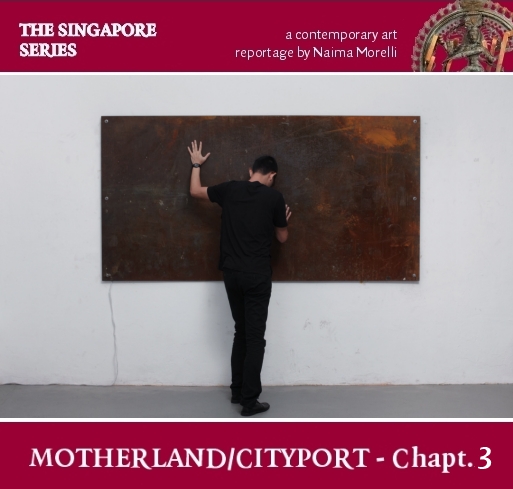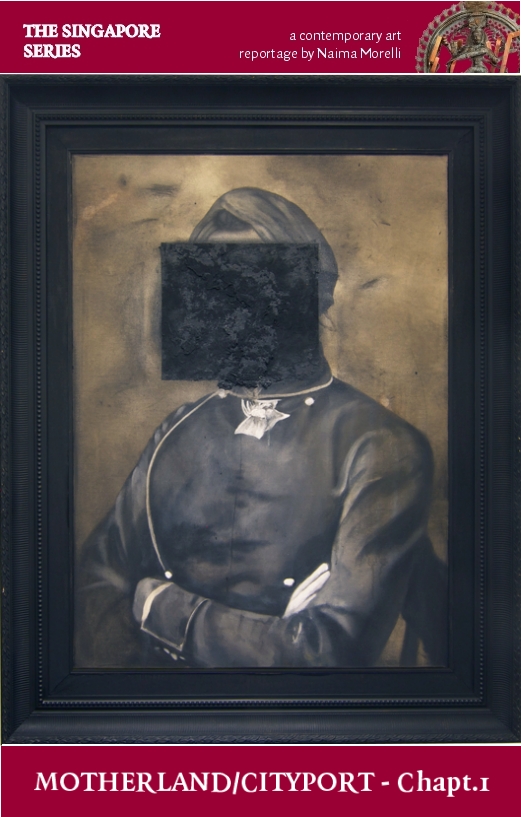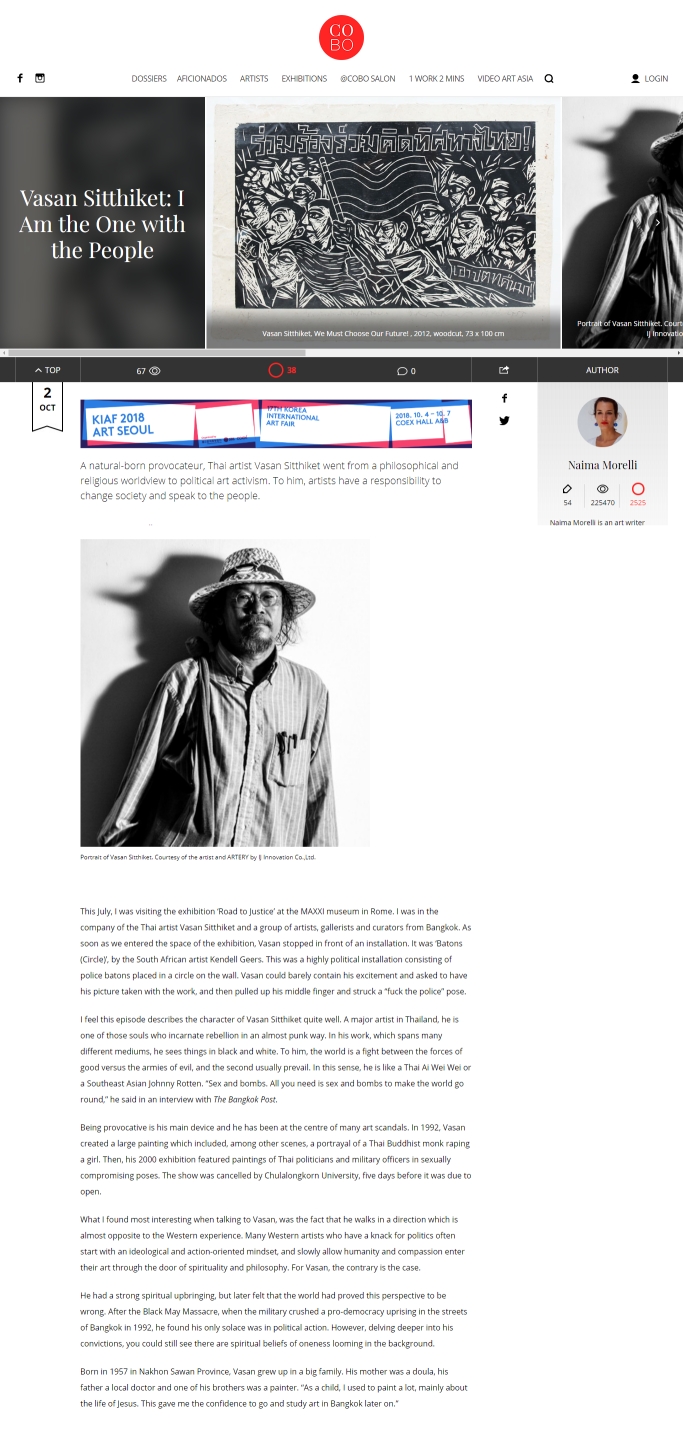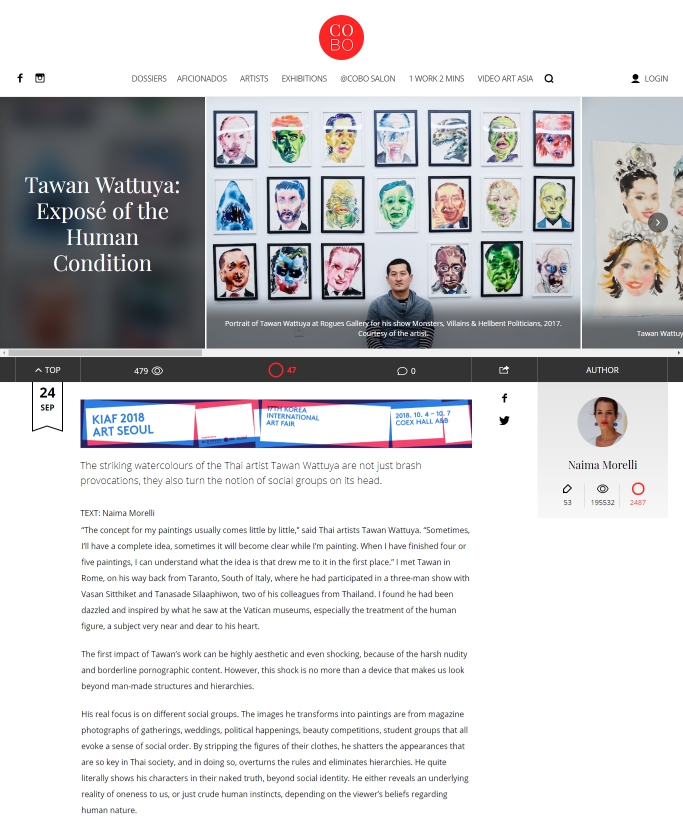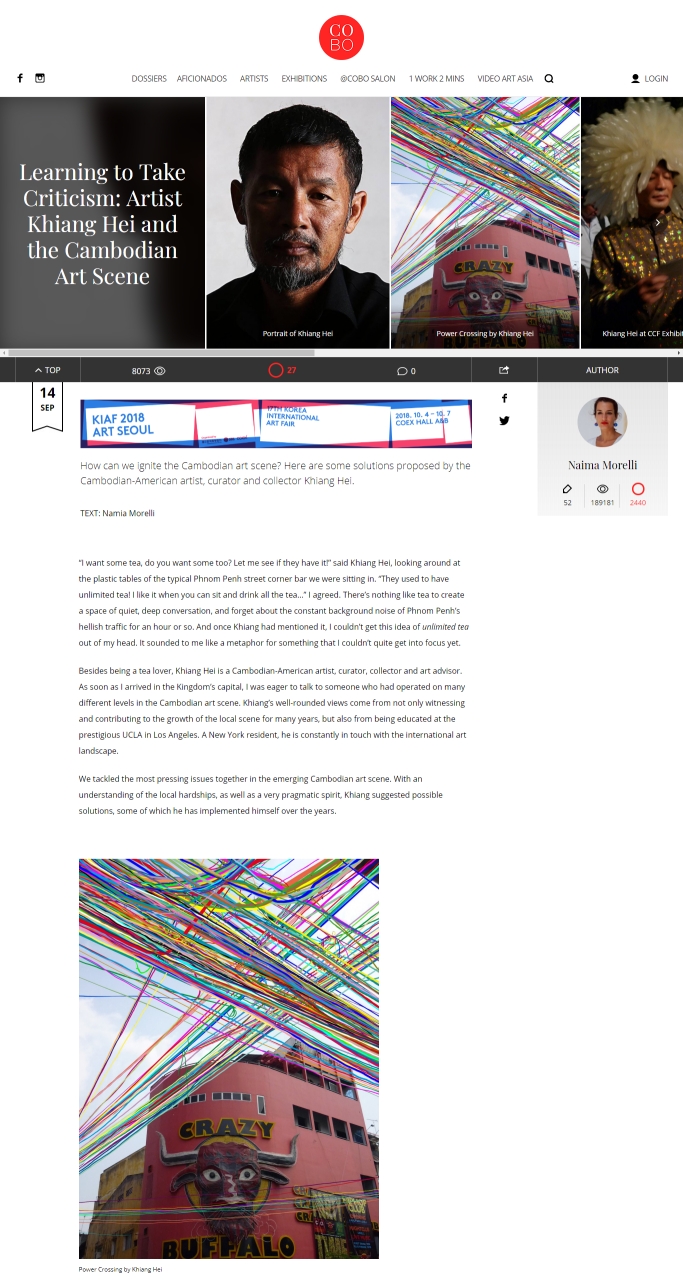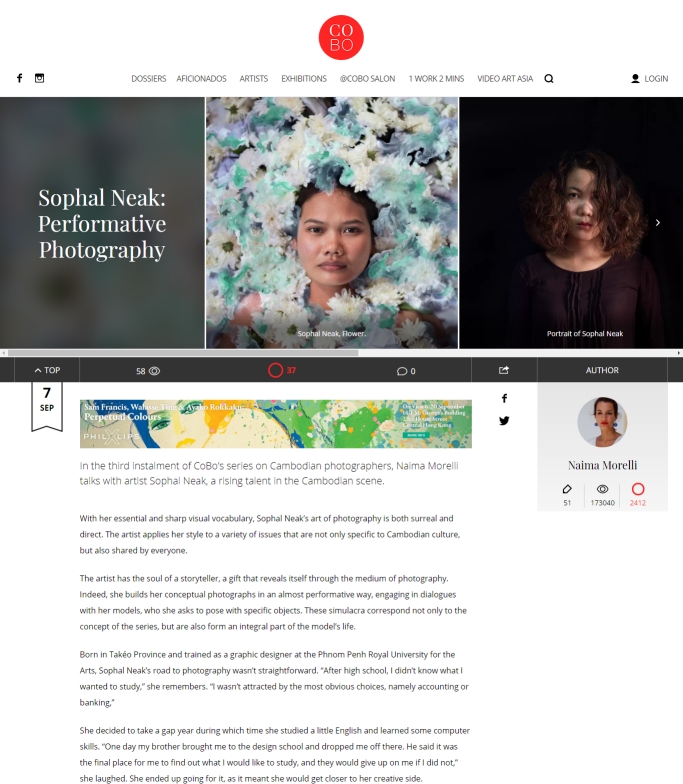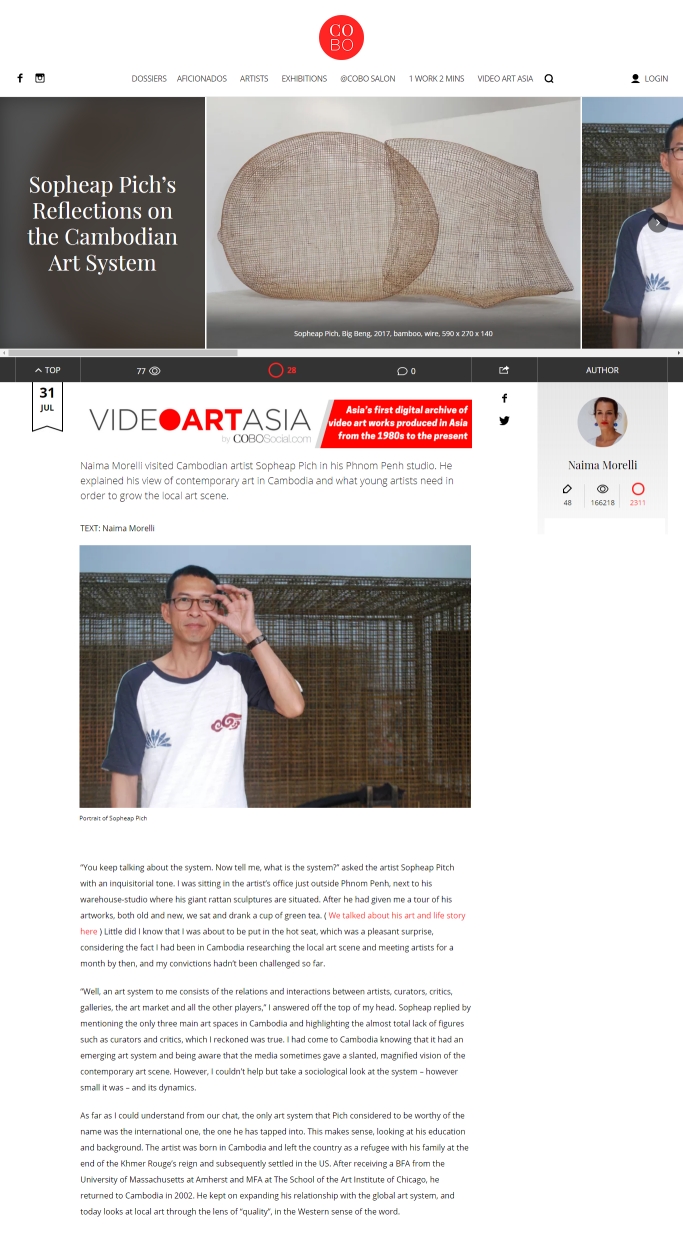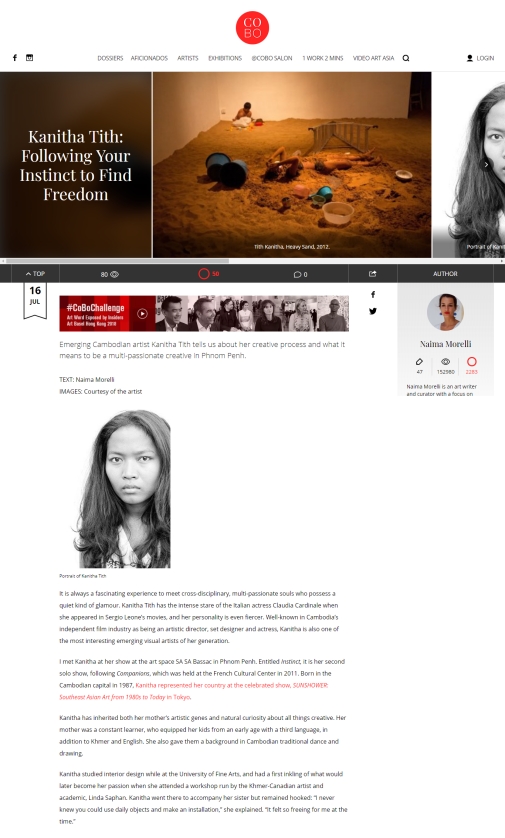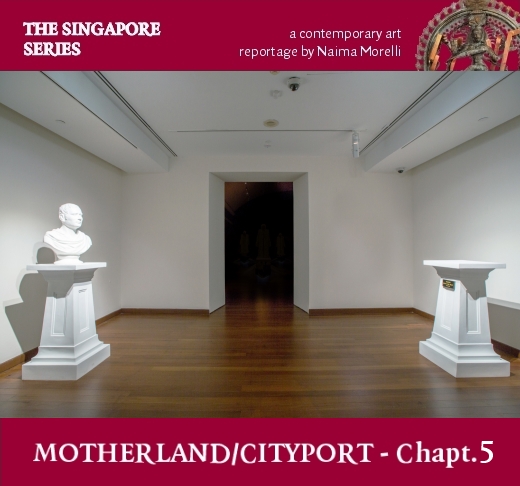
Fyerool Darma: destructing and reconstructing regional history
Fyerool Darma’s world is black and white, sleek and genuine; conceptual yet tied to the peculiarity of materials. If you were in Singapore at the beginning of 2017, you couldn’t help encountering his work everywhere – in very different sectors of the art world. At Art Stage Singapore 2017, he was part of the Yeo Workshop booth with his works ‘After Babelfish (of Shank series)’ and ‘Portrait No. 11 (Puan Saleha, Zaliha or Salihat)’. We saw him performing in the art space Objectifs for the collective show ‘Fantasy Islands’. And if that wasn’t enough, at the Singapore Biennale you can also encounter his work ‘The Most Mild Mannered Man’ – a bust of Sir Stamford Raffles and a bustless pedestal inscribed with the name of Sultan Hussein. His interest in bridging the memory-deprived Singapore of today with the wider history of the region and the many possible narratives that have shaped the island’s past, and continue to shape the island’s future.
Read More